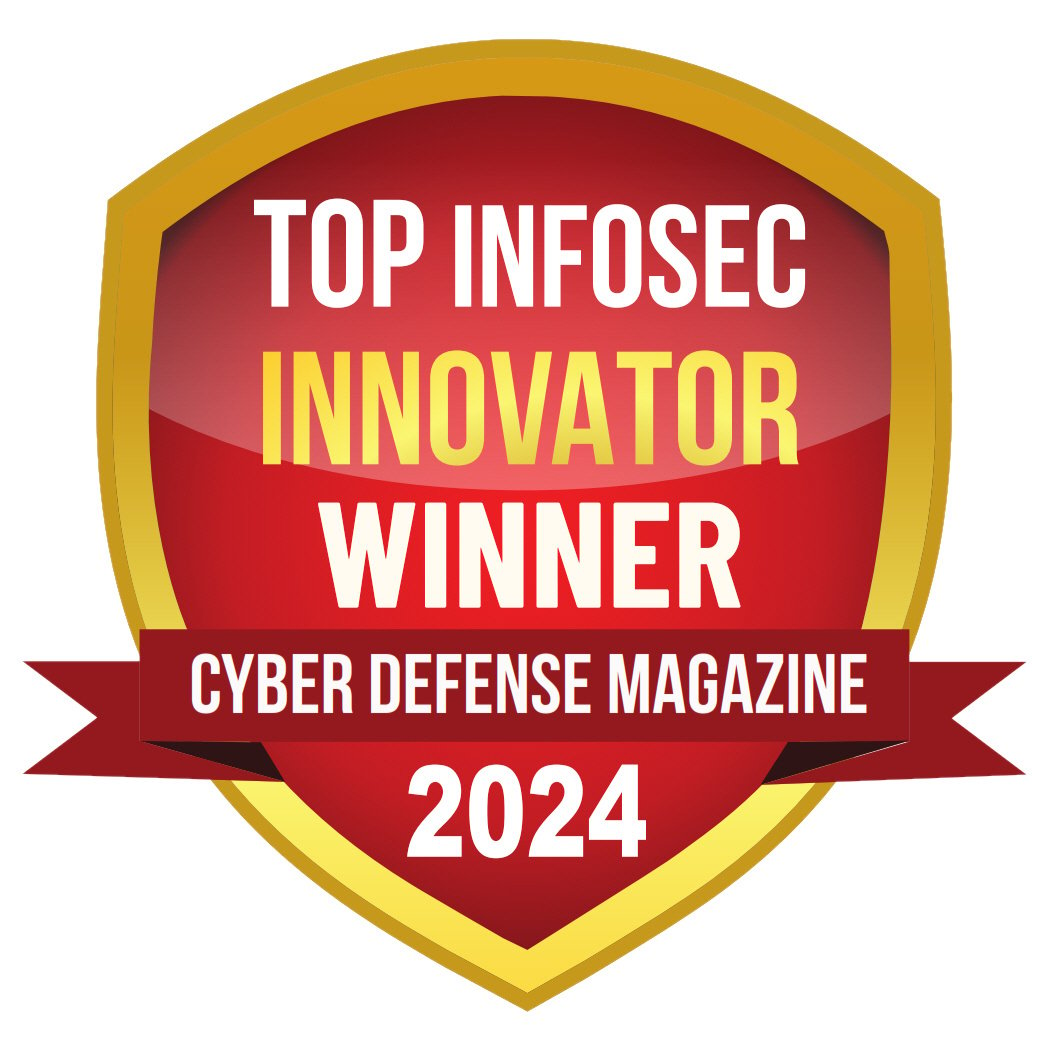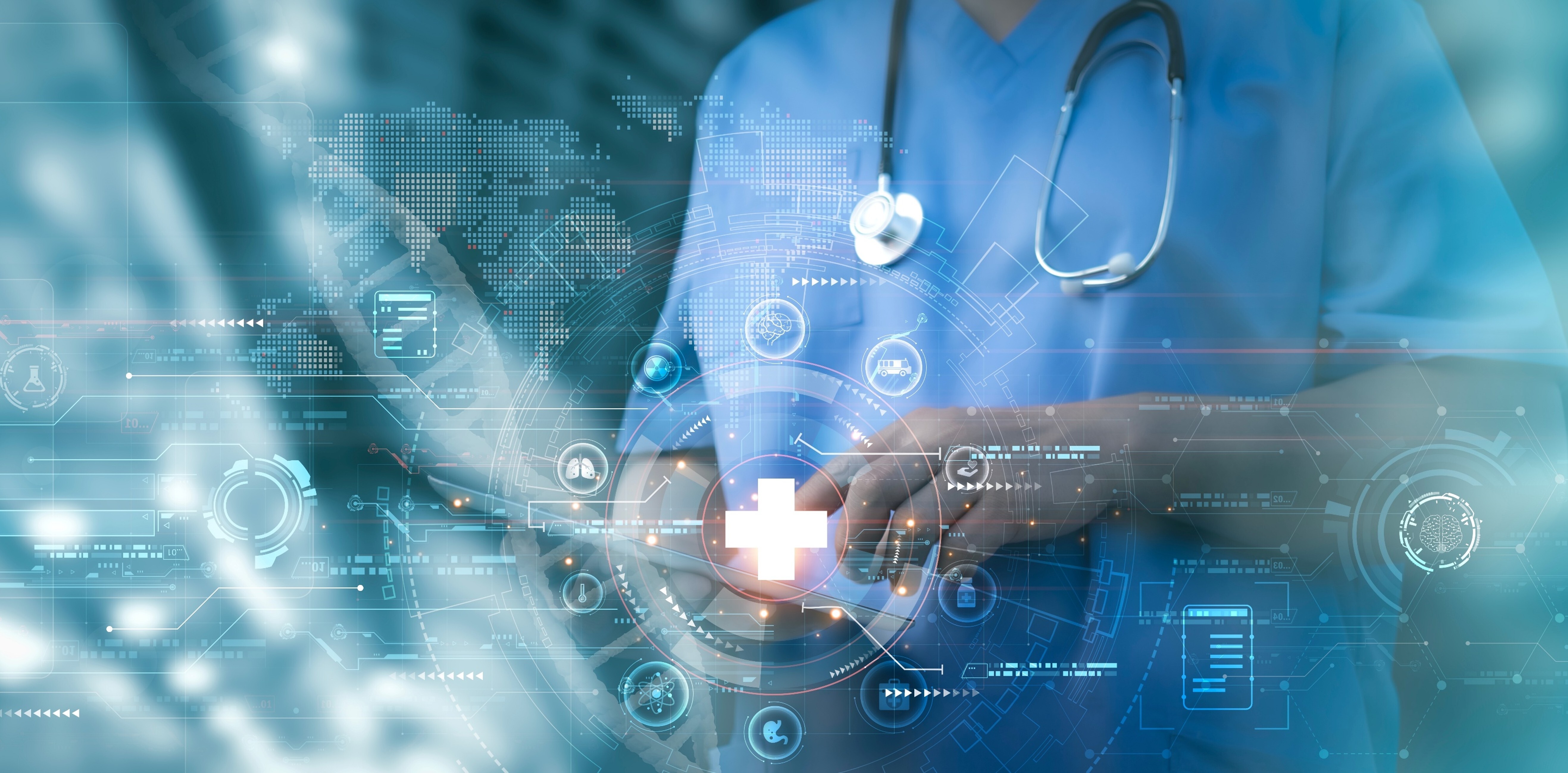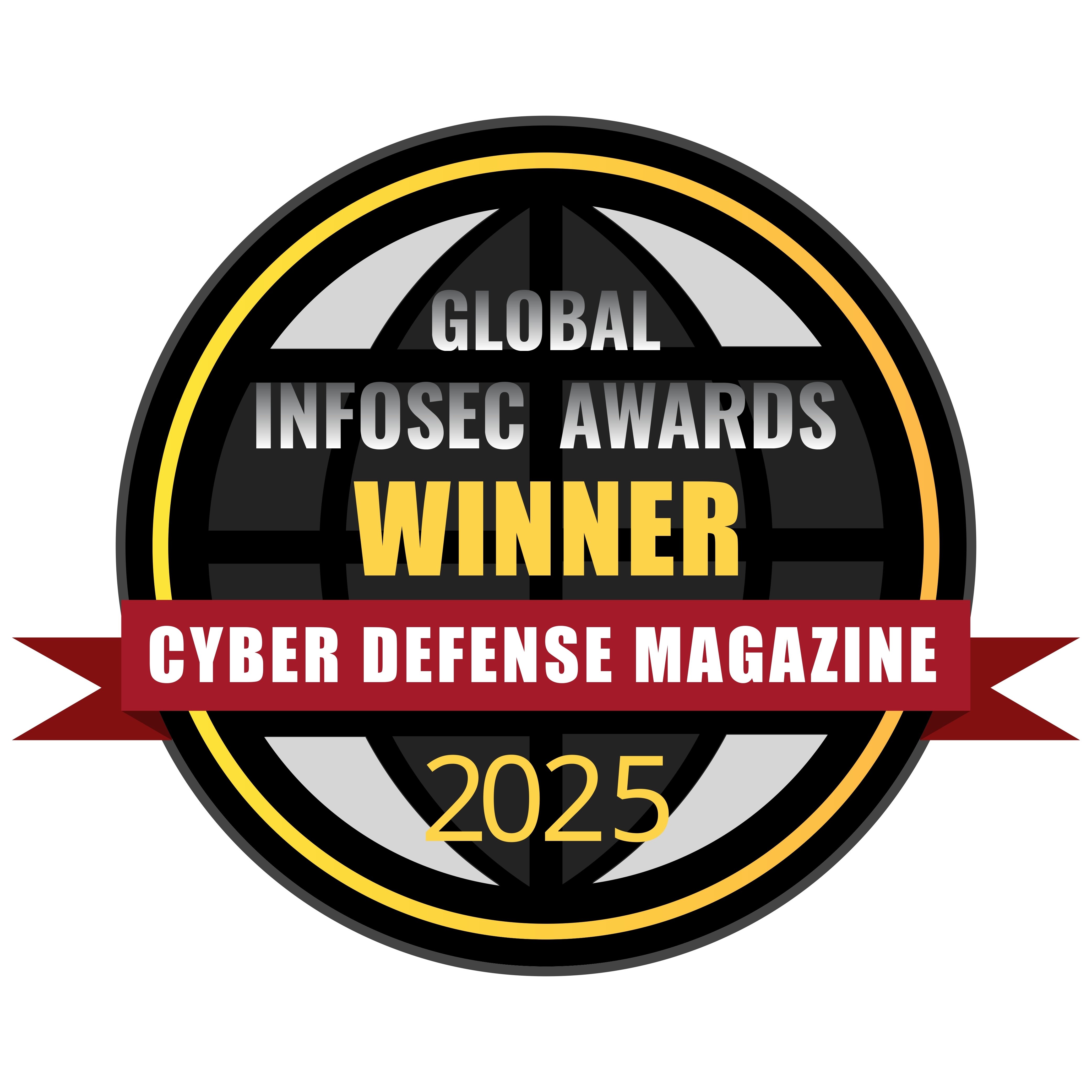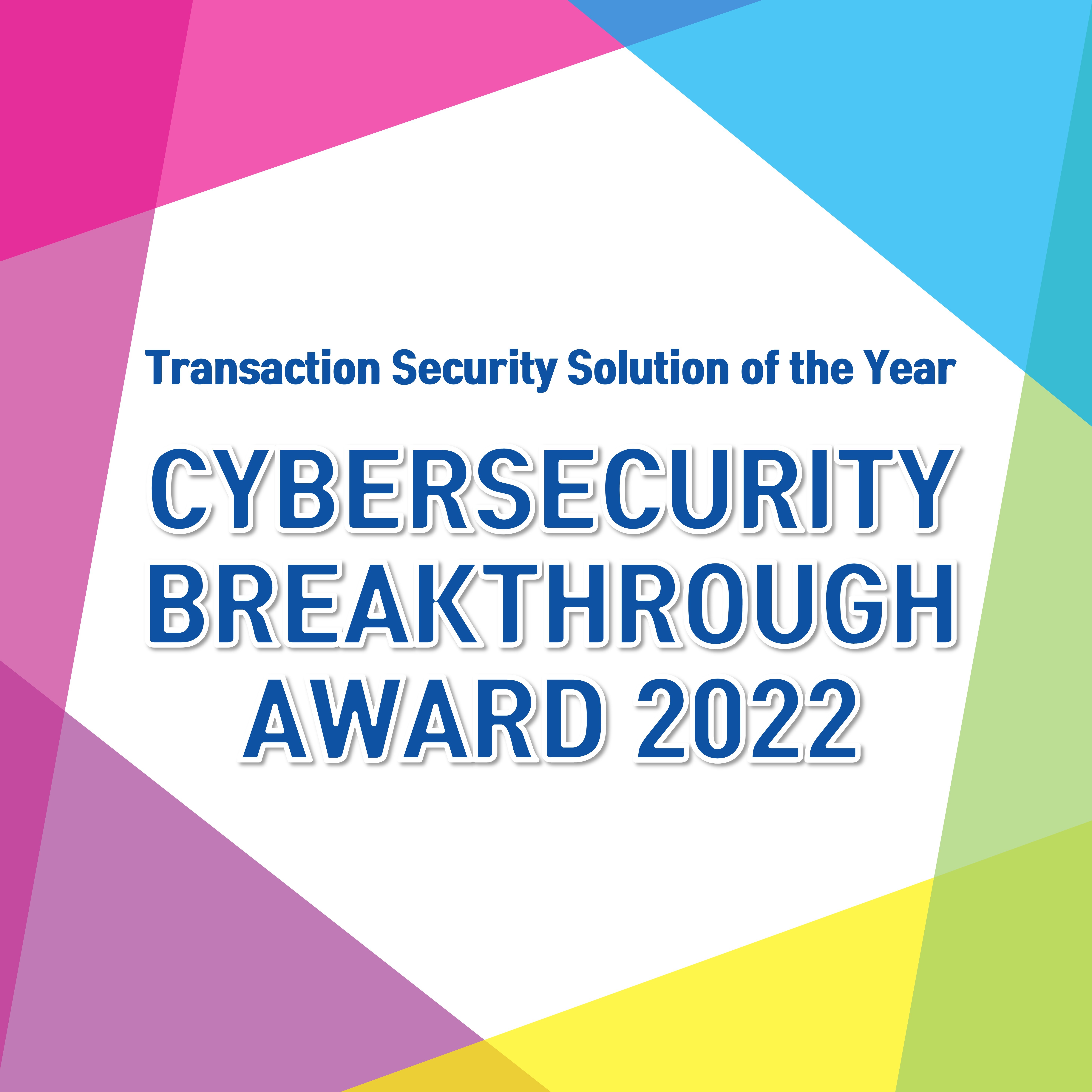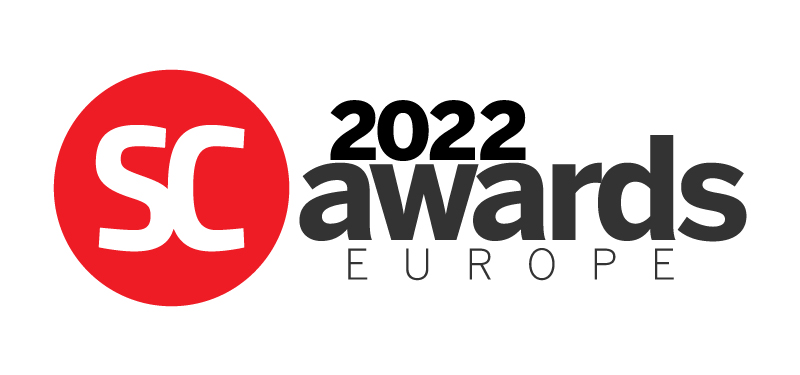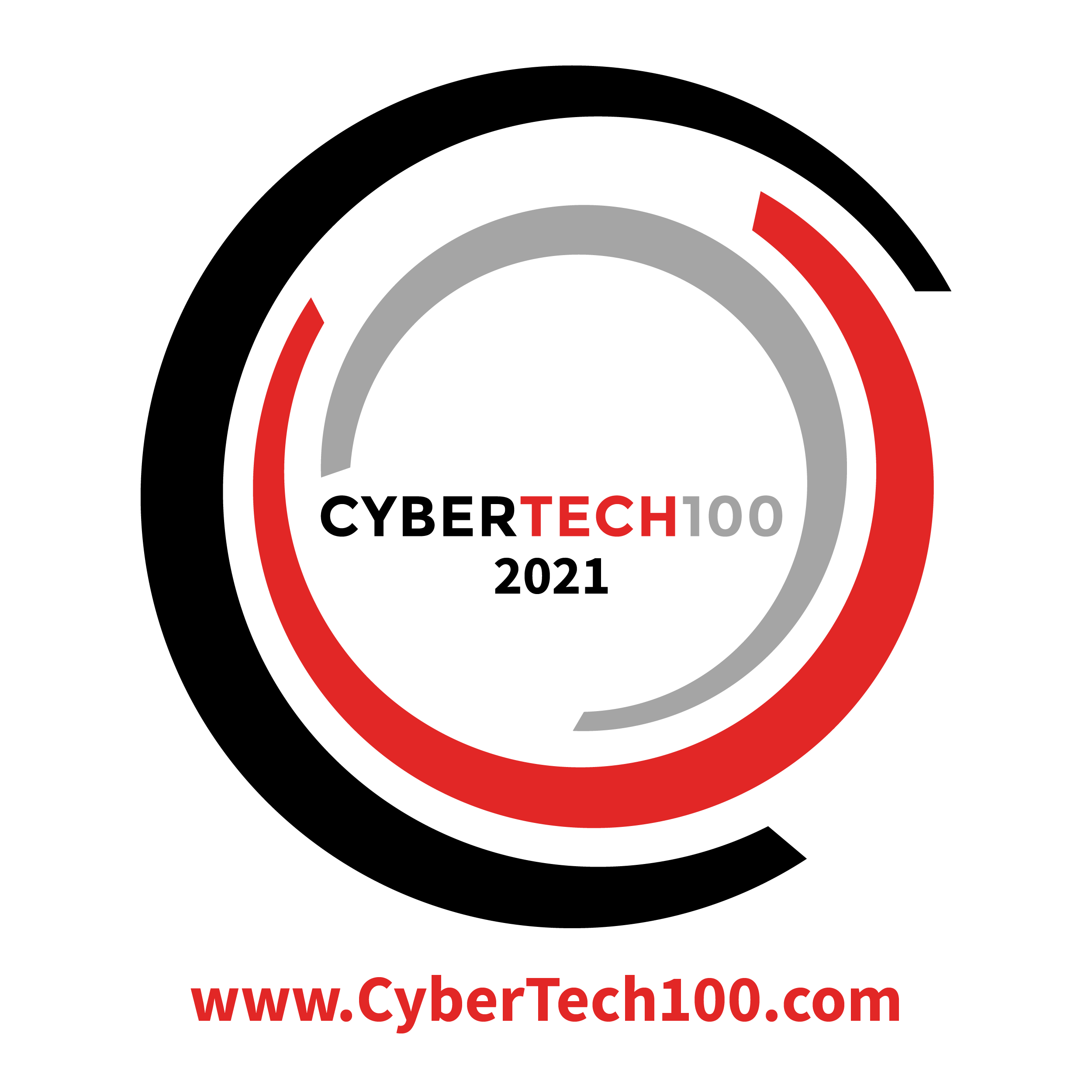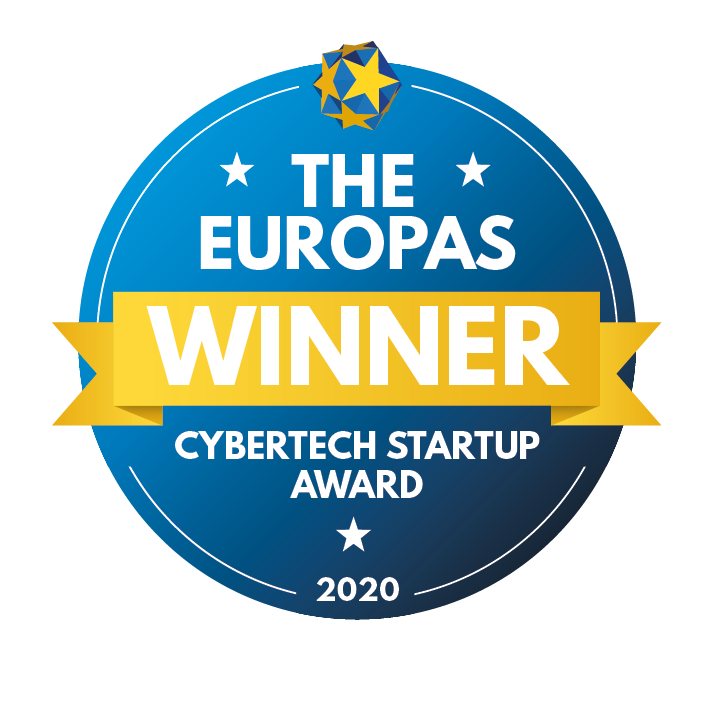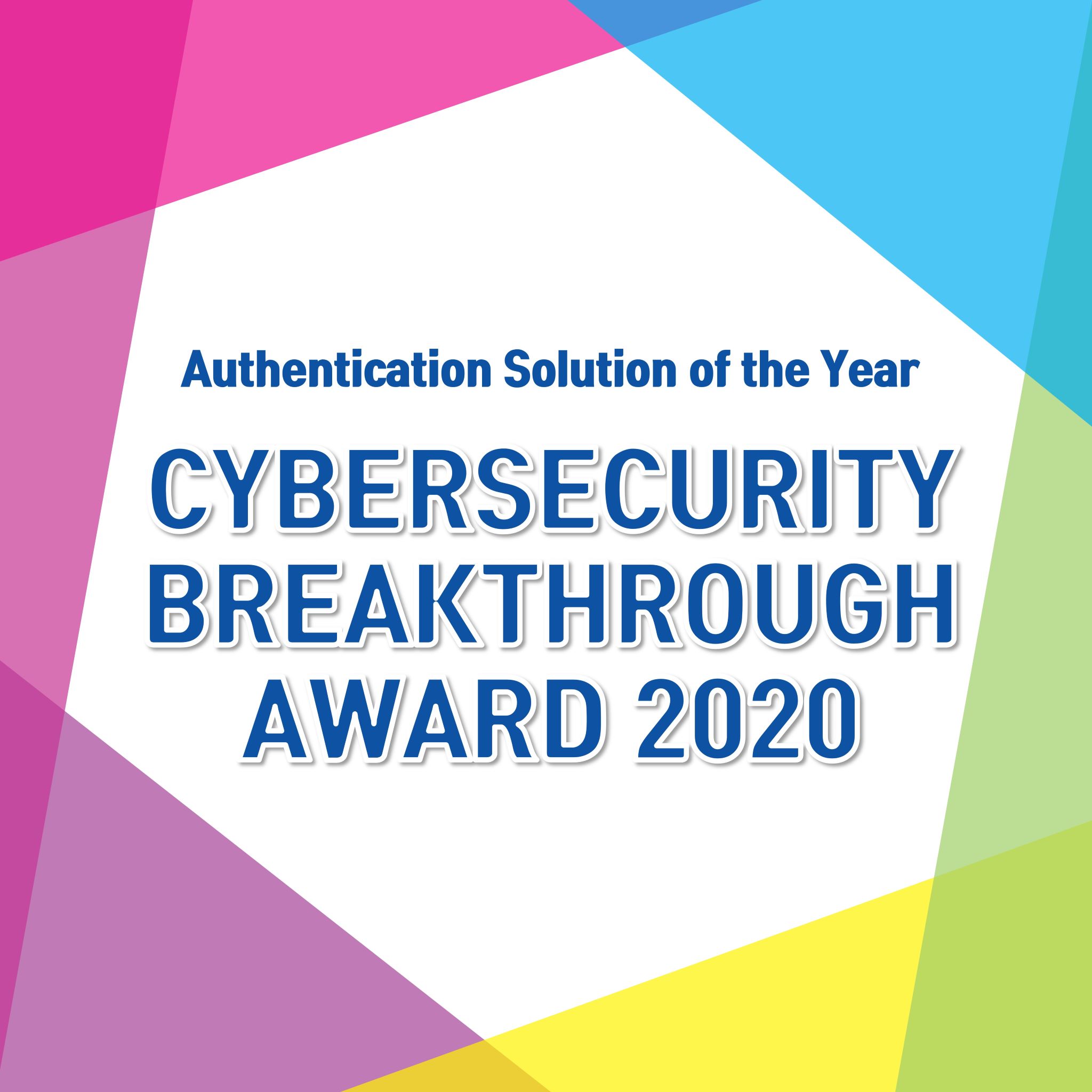Strengthening Healthcare Cybersecurity for Patient and Data Safety
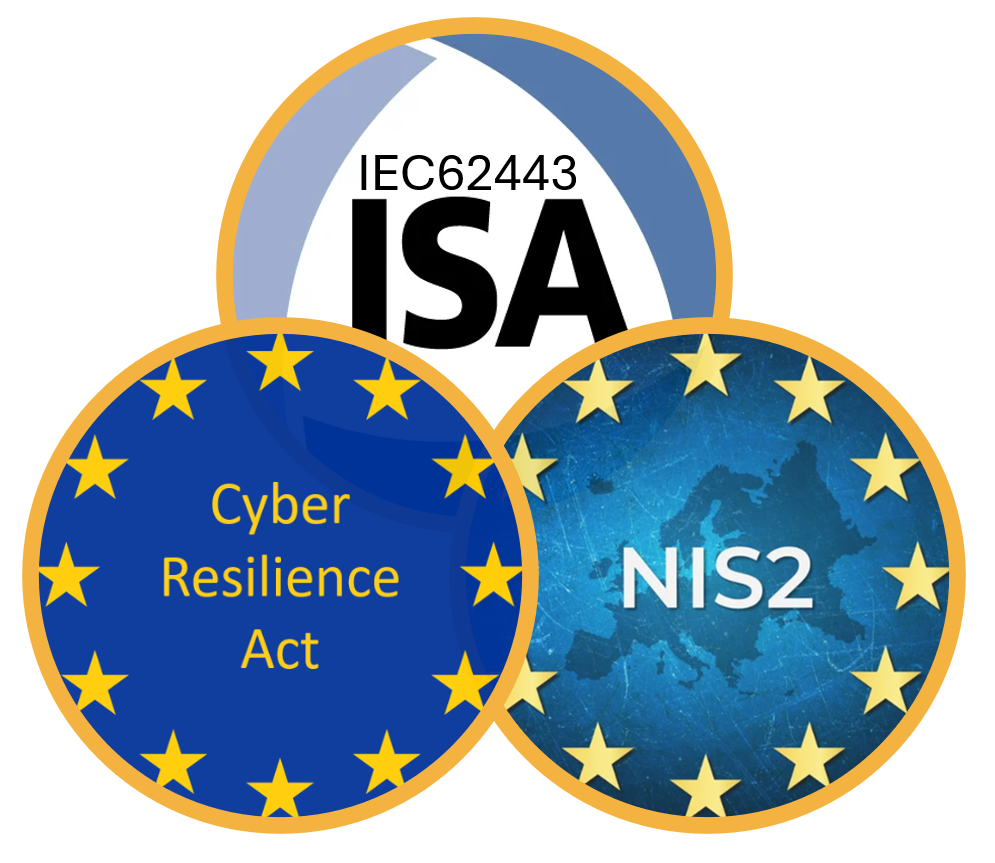
Cyber Risks in Healthcare
The healthcare sector—including hospitals, pharmaceutical R&D, and medical devices—is a high-value target for cybercriminals. The increasing reliance on digital patient records, connected medical equipment, and remote healthcare services has expanded the attack surface. Cyberattacks can disrupt life-saving treatments, expose sensitive patient data, and halt pharmaceutical production, putting lives at risk.
Regulatory Pressure: Strengthening Cybersecurity in Healthcare
Governments and regulatory bodies have introduced stringent cybersecurity requirements to protect healthcare infrastructure. Regulations such as NIS2, GDPR, HIPAA, IEC 62443, and the Cyber Resilience Act (CRA) mandate strong authentication, access control, and risk management. Compliance is essential for hospitals, pharmaceutical firms, and medical device manufacturers to prevent cyber incidents, avoid legal penalties, and safeguard patient care.
Notable Attacks on the Healthcare Industry

2023: Ransomware Attack on UK NHS Provider
A cyberattack targeted a major NHS service provider, forcing hospitals to cancel thousands of appointments, including urgent cancer treatments. Attackers encrypted vital patient records and demanded ransom, significantly disrupting emergency services. The breach raised concerns about the security of patient data and the resilience of healthcare IT systems.
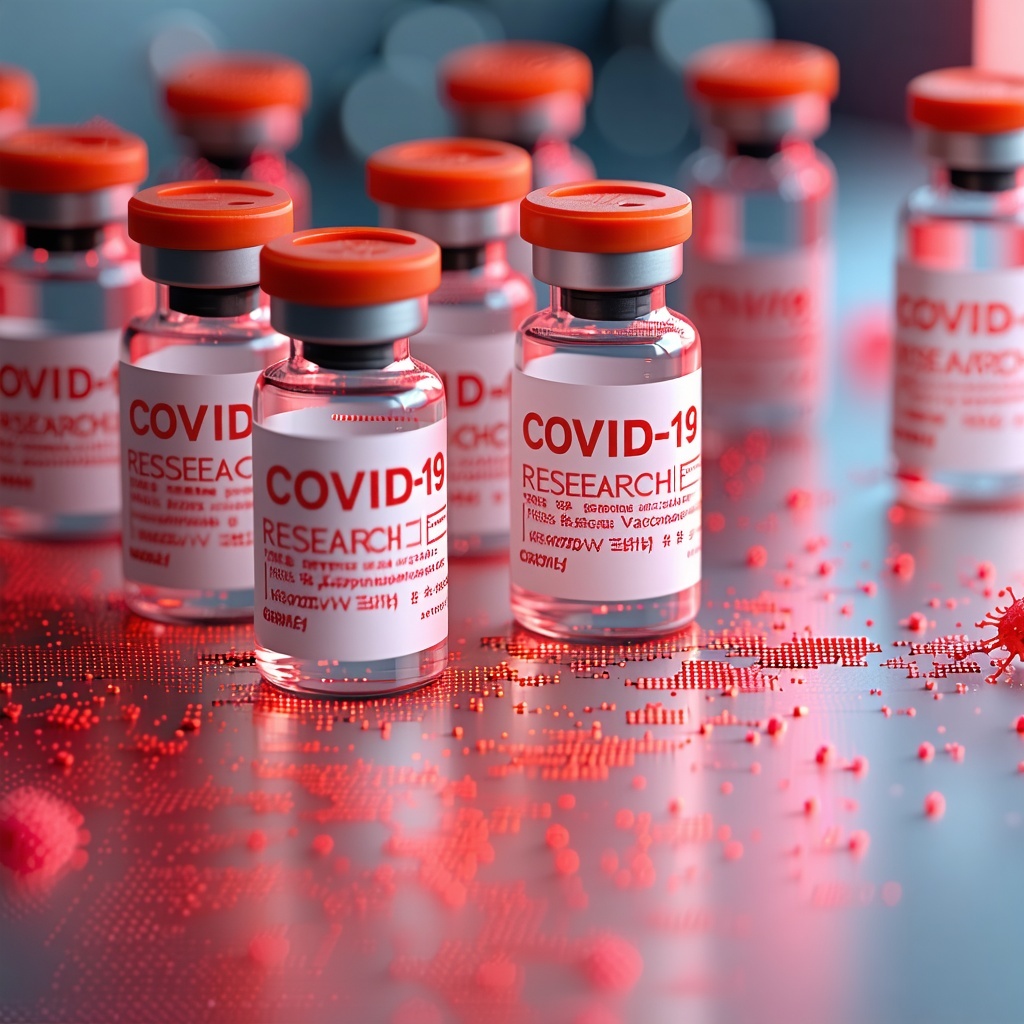
2021: COVID-19 Vaccine Research Hack
State-sponsored hackers attempted to breach major pharmaceutical companies and research institutions involved in COVID-19 vaccine development. The attack aimed to steal critical research data and intellectual property, highlighting the importance of securing pharmaceutical R&D against cyber espionage.
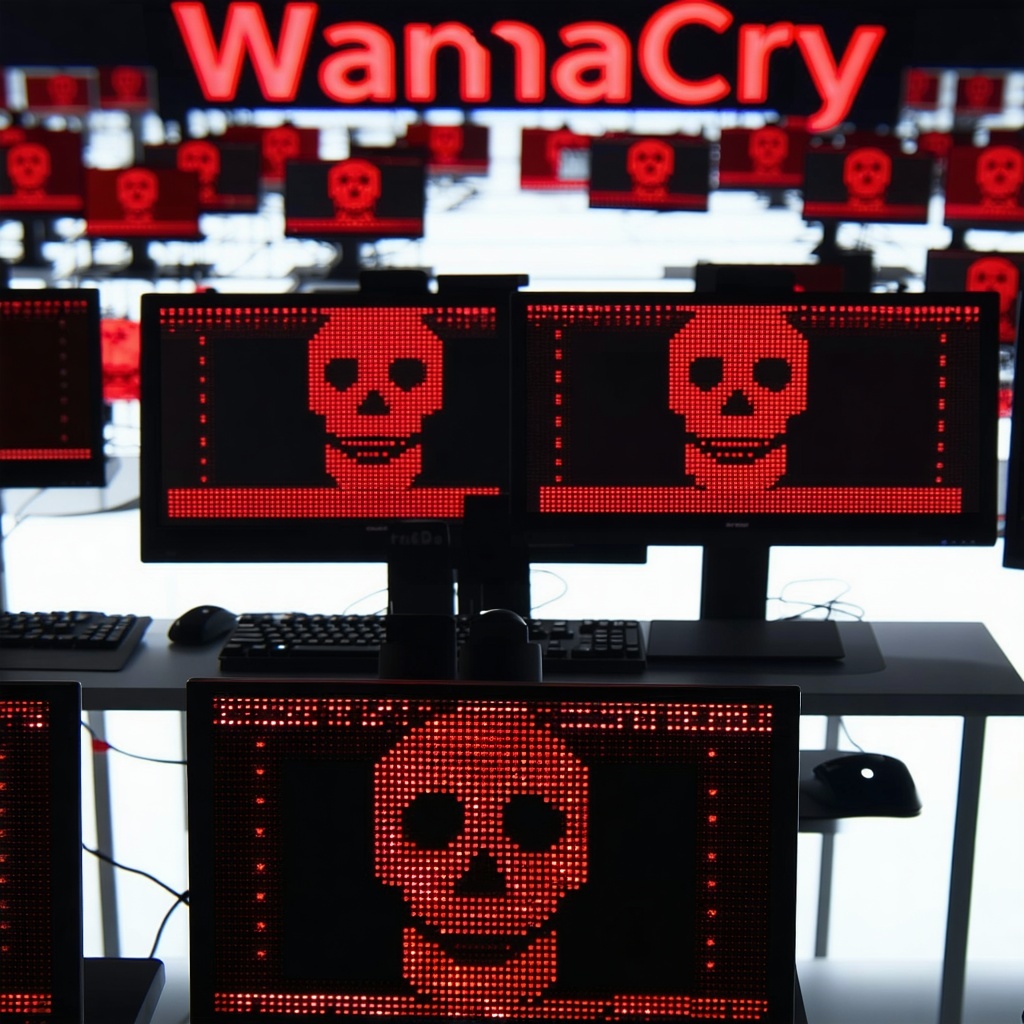
2017: WannaCry Attack on NHS (UK)
The infamous WannaCry ransomware infected over 200,000 computers globally, crippling NHS hospitals, locking medical devices, and forcing cancellations of almost 20,000 appointments and surgeries. The attack exposed vulnerabilities in outdated healthcare IT infrastructure and underscored the need for stronger cybersecurity measures.
Benefits of OT Auth Solutions
To prevent cyberattacks and comply with regulations, healthcare organisations must secure access to patient data, medical devices, and research facilities. swIDch’s OT authentication solutions—PLC OTAC and OTAC Trusted Access Gateway (TAG)—provide a secure, scalable, and network-independent approach to protecting healthcare infrastructure.
Why OT Authentication is Essential for Healthcare
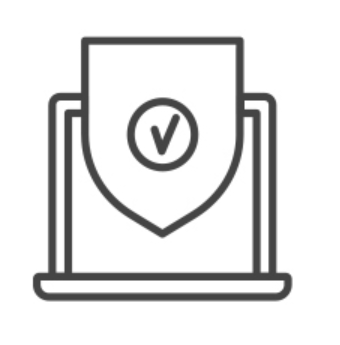
Regulatory Compliance
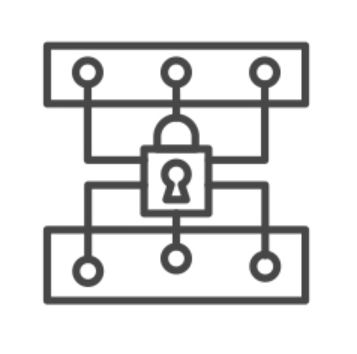
Security in Air-Gapped Environments
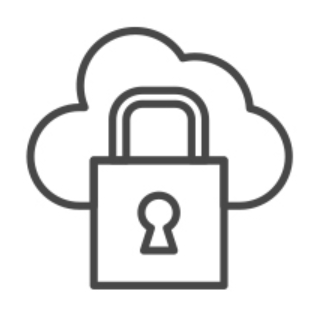
Protection for Connected Medical Devices
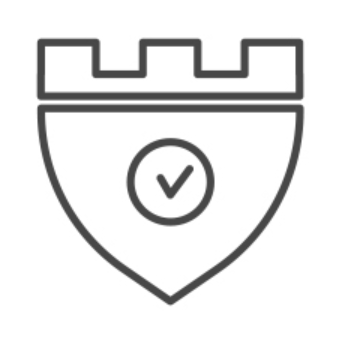
Secure Access to Pharmaceutical Facilities & R&D Labs
-1.jpg)
How OT Auth solutions work
Traditional healthcare authentication methods rely on passwords, network-based authentication, or VPNs, which are vulnerable to credential theft, phishing, and ransomware attacks. swIDch’s OT authentication solutions eliminate these risks by generating dynamic, unidirectional authentication codes that work even in offline environments.
How It Enhances Security in Healthcare:
🔹 Prevents unauthorised access to hospital IT and OT networks.
🔹 Works in air-gapped and low-connectivity environments, securing life-saving medical systems.
🔹 Eliminates reliance on network-based authentication, reducing attack exposure.
🔹 Requires no additional hardware, making it a cost-effective and scalable solution.
By adopting swIDch’s OT authentication solutions, healthcare organisations can enhance cybersecurity, comply with industry regulations, and protect patient safety from cyber threats.
-1.jpg)
Healthcare Security FAQs
-
Healthcare systems contain sensitive patient data and critical medical devices that must be protected against cyber threats.
-
Yes, they provide strong authentication for connected medical devices, reducing the risk of unauthorised access.
-
It prevents unauthorised access to research data and manufacturing systems, protecting intellectual property.
Award Highlights
